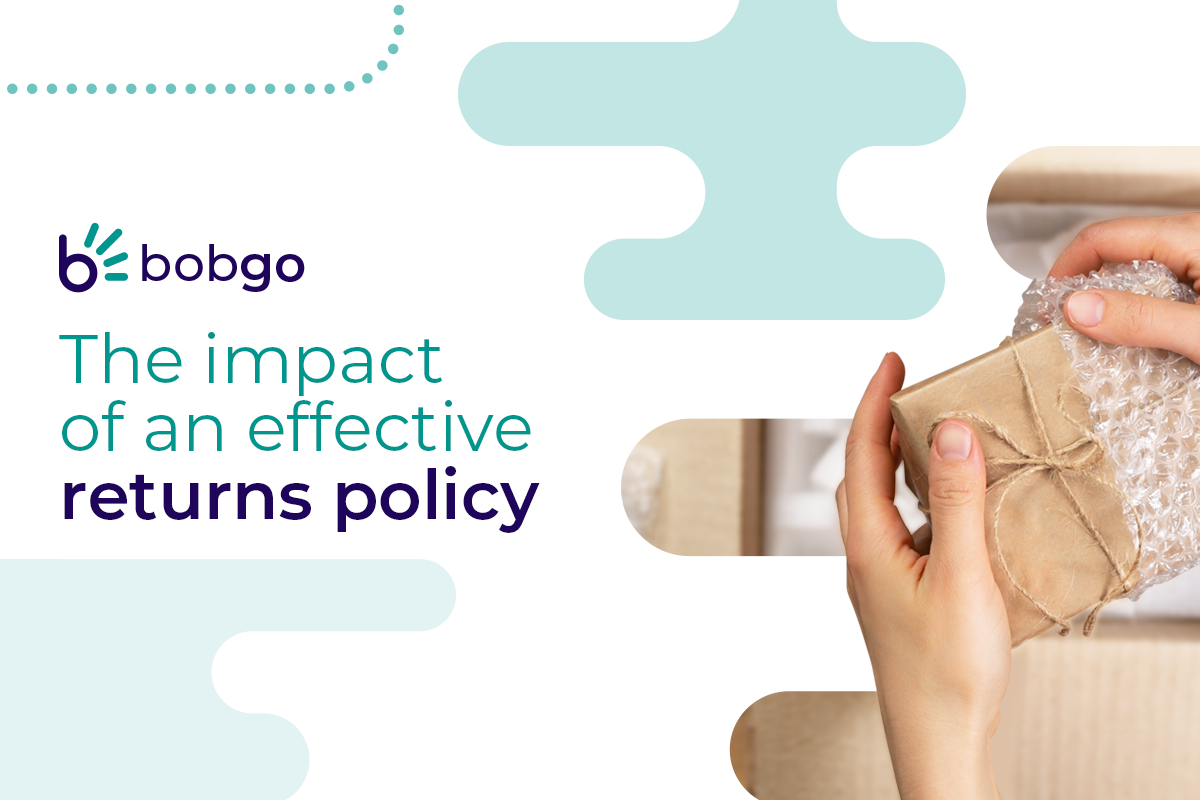A well-designed and effective returns policy can greatly enhance customer satisfaction and promoting repeat business. Customers are more likely to choose a company that has a clear and customer-friendly return policy, as it provides a sense of security and confidence in their purchase decisions. In this article, we will discuss strategies to reduce the possibility of returns upfront, key components of an efficient returns policy and the role of technology in returns management.
Reducing the possibility of returns
The rate of returns increases as customers switch from physical shopping to online shopping. As revealed on Practical Ecommerce, “According to David Sobie, co-founder of Happy Returns, which operates a network of physical return locations for items purchased online, ecommerce returns average about 15 percent, with apparel returns closer to 30 percent. In comparison, only 5 to 10 percent of physical-store purchases are returned.” Unfortunately, the biggest problem with returns is that the cost of the returns, in monetary terms and in time and effort, falls on the merchant.
The costs can affect the bottom line and thus, it is up to the merchants to try and reduce returns. The obvious solution is to make the return policy stricter, but merchants then risk losing customers altogether. The question then becomes: How do I streamline the returns process to benefit both my business and my customers? Customers value, and often expect, a quick and easy return process. In fact, it is often the deciding factor when purchasing online!
The goal is to reduce returns as much as possible before the customer has even checked out online. The best way to do this is to provide as much information as possible about the item. For apparel, provide customers with accurate sizing charts, allowing them to feel completely comfortable with the measurements before they place their order. Provide information on the materials used, the dimensions of products, the look and feel. The more details customers have upfront, the less likely they are to return the order.
Key components of a returns policy
However, returns are inevitable and this is why a customer-centric returns policy is so important. A returns policy isn’t just about making customers happy, it’s also about building trust and establishing loyalty. By acknowledging and addressing their concerns, and providing them with a solution, customers are more likely to make repeat purchases and recommend the business to others. In fact, according to a study by UPS, 92% of customers will buy from a retailer again if the returns process is easy.
The returns policy statement should be easy to understand and accessible on the business’s website. It should clearly outline the terms and conditions of returns, including the timeframe for returns, the condition of the product, and any associated costs. Flexibility in returns policy can also be a big selling point for customers. Businesses can offer different options like exchanges, refunds, or store credit. A flexible policy not only provides more choices for customers, but also increases the probability of retaining them.
But creating a returns policy isn’t enough – businesses should also effectively communicate their policy to customers. Businesses should ensure that information about their return policy is easy to find on their website and is prominently displayed on the homepage, the product page, or the checkout page. Additionally, including a printed return policy statement with the shipment can also be helpful to customers.
Consistency in communication is key to ensure that customers understand the returns policy. It’s important to ensure that the returns policy is consistent across all communication channels – including the website, emails, and customer service interactions. Any discrepancies can lead to confusion and dissatisfaction among customers.
The role of technology in returns
Returns are an unavoidable aspect of any retail business, and how they are handled can greatly impact customer satisfaction. Fortunately, Bob Go offers a streamlined and efficient return process for merchants. By simply clicking a button, a collection request is sent to the courier to retrieve the parcel from the customer who is requesting the return. The item is then promptly picked up and shipped back to the merchant for exchange.
This hassle-free process not only saves time and effort for both the merchant and the customer, but also helps to maintain a positive relationship between the two parties.
With the rising competition in the ecommerce market, implementing an effective returns policy that prioritises customer satisfaction can be a game-changer for ecommerce businesses. Implementing the right strategies to prevent and handle returns can also be a major competitive edge for ecommerce companies. This is why it is becoming increasingly more important for merchants to review and improve their returns policies on a regular basis. In this way, businesses can ensure that their customers are satisfied with their purchases and keep coming back for more.













